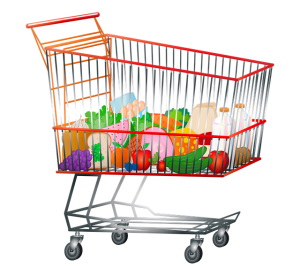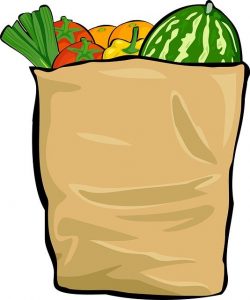 When it comes to healthy eating, smart grocery shopping is where it all begins. In the hustle and bustle of daily life, a trip to the grocery store can often feel like a mundane task. However, understanding the layout, making informed choices, and optimizing your shopping experience can turn this routine into a more efficient and enjoyable endeavor. Here is a crash course that will guide you through the aisles, providing tips and tricks to make your shopping experience a breeze.
When it comes to healthy eating, smart grocery shopping is where it all begins. In the hustle and bustle of daily life, a trip to the grocery store can often feel like a mundane task. However, understanding the layout, making informed choices, and optimizing your shopping experience can turn this routine into a more efficient and enjoyable endeavor. Here is a crash course that will guide you through the aisles, providing tips and tricks to make your shopping experience a breeze.
Preparation is Key
Before embarking on your grocery store adventure, take a few minutes to make a list of what you need categorized by items. Grocery stores are organized by sections such as produce, dairy, meat and pantry staples. Organizing your list by the store’s layout will save you time and help you avoid backtracking. Many grocery stores have an online organizer or aisle numbers to locate common items.
The Layout Game
Grocery stores are strategically organized to encourage specific shopping patterns. Most stores follow a similar layout: fresh produce near the entrance, followed by bakery, dairy and meat. And finally, the aisles with packaged goods. Knowing this layout can help you navigate efficiently and avoid aimless wandering.
- The Perimeter is Your Friend
- The outer edges of the store typically house fresh and perishable items. Load up your cart with fruits, vegetables, dairy, and meats first. These items are often healthier options and are more likely to be fresh as they are restocked more frequently.
- Mastering the Middle Aisles

- While the parameters where you’ll find many essentials, don’t neglect the middle aisles. These shelves contain pantry staples, canned goods and other non-perishable items. Items. Stick to your list to avoid impulse purchases and be mindful of nutritional labels to make healthier choices.
Decode the Labels
Take a moment to understand food labels. Look for expiration dates, nutritional information and ingredient lists. This step will help you make healthier choices and avoid products with unnecessary additives.
Unit Price Awareness
Understanding unit price is a valuable skill for budget-conscious shoppers most. Shelf tags display the price per unit (ounce, pound, etc.). Comparing these unit prices can help you determine which size or brand offers the best value for your money.
Seasonal and Local Goodies
Embrace the seasons and explore local produce when possible. Seasonal items are often fresher, tastier and more affordable. Additionally, supporting local farmers and producers contributes to a more sustainable community-focused shopping experience.
Checkout Etiquette
As you approach the checkout, double check your list to ensure you haven’t missed anything, be mindful of others in line and avoid impulse purchases near the register. Consider bringing reusable bags to reduce environmental impact.
Loyalty Programs and Apps
Many grocery stores offer loyalty programs and mobile apps that provide discounts and personalized offers. Take advantage of these tools to save money on your purchases and streamline your shopping experience.
 Review and Reflect
Review and Reflect
After completing your grocery store tour, take a moment to review your purchases. Did you stick to your list? Did you make mindful and healthy choices? Reflecting on your shopping habits can help you refine your approach for future trips.
Mastering the grocery store tour is about more than just checking items off the list. It’s a skill that can save you time, money and contribute to a healthier lifestyle. By understanding the store layout, decoding labels and making informed choices, you can transform your routine shopping trip into a well-organized and enjoyable experience. So grab your list, navigate the aisles with confidence and make your grocery store tour. Now, you have completed the crash course in efficient and mindful shopping.


Shopping via the store layout has helped me so much. And xhecking the unit pricing is great, but I do need me reading glasses for sure to see those tiny tabs on the shelves!